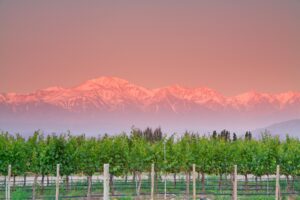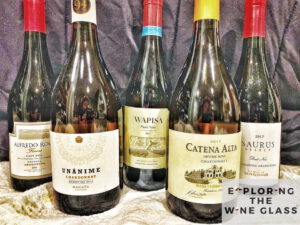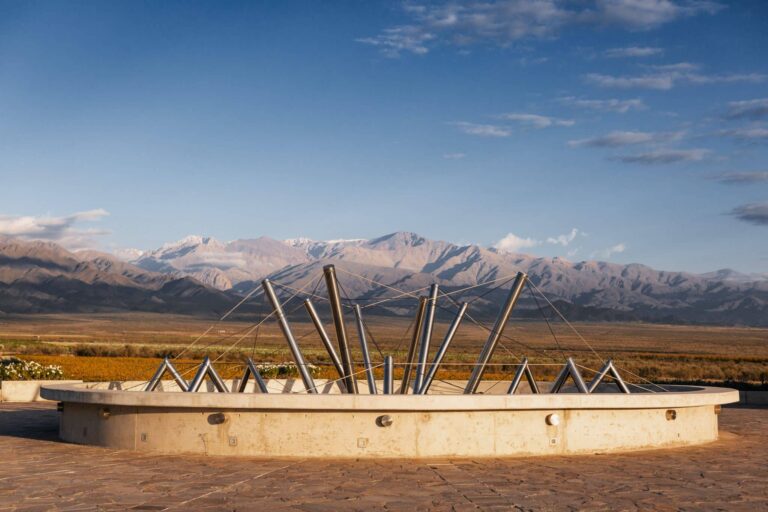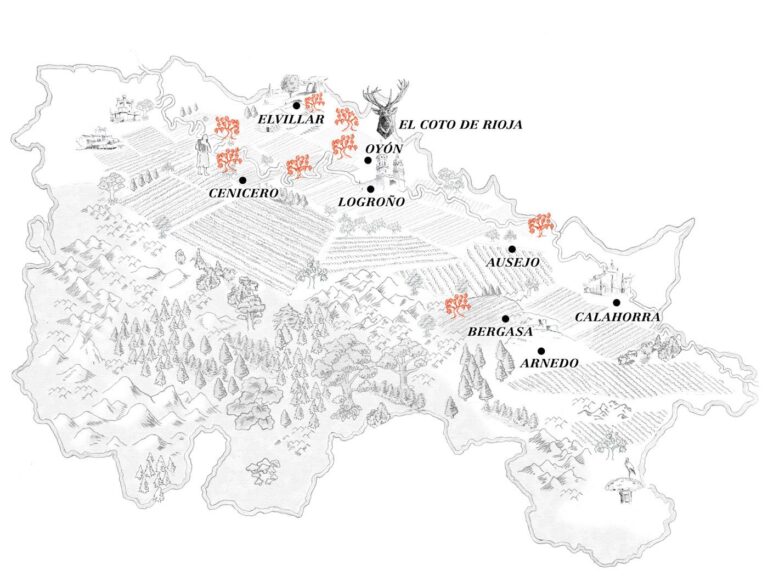Argentina is known for many things. From the sexy dance the Tango to the sexy Gauchos (yes, I think that ruggedness is sexy!) From their love affair with futbol to their love of food. But they also are known for their passion in the vineyards.

Although typically a dry region, Argentinian vineyards obtain a large portion of their irrigation from the Andean Glaciers which fill the canals that were built by the Huarpe Indians centuries ago. Their wines are special and you can taste it in the glass. The vines are grown at high altitudes which greatly effects the climate. As altitude increases, the temperature decreases. For the vines, this means that they can typically remain on the vine for a longer growing season, which in turn, allows the fruit to ripen more slowly. Why is this important? This ability to have a longer growing season gives the wine a lower alcohol percentage but an increased acidity level.
Additionally, as you increase in altitude, the soil contains less nutrition with more rocks and better drainage. All this leads to a rather stressful environment for the vines, which sounds bad, but is really what makes for great wine. The stress on the vines, lead to smaller berries and thicker skins which translates into more intense color and flavors and increased tannins.
Dracaena Wines has received consistent 90+ ratings and multiple Double Gold medals. Click image to order yours today and let Dracaena Wines Turn Your Moments into Great Memories!
Altitude also has an effect on soil composition. Generally speaking, higher altitude vineyards have lower nutrients with rockier soils, but better drainage. These characteristics provide a stressful environment for the vines which lead to smaller berries with thicker skins. We all know size matters, but in the case of winemaking, bigger isn’t better. In fact smaller berries lend themselves to more intense color and flavors and increased tannins.
Argentina is BIG!! In fact it is the 8th largest country measuring in at 2,791,810 km2 total and is the 5th largest wine-producing country. There are four main grape-growing regions: the North, Cuyo, Patagonia and Atlantic. Although most people think Malbec when they hear Argentina, you are missing out if you don’t also think Chardonnay and Pinot Noir.
Argentinians love their meat, there is no question about that. BUT these wines are fantastic with vegetarian meals as well. Quite some time ago, I was part of a tweetup named #ThankfulforVino that focused on the versatility of these wines in terms of pairings. As I was scrolling through my photos, I realized that I had not shared my thoughts on these wines. 😳 So I immediately sat down and began this post. I feel so horrible that it slipped through the cracks, because these wines definitely deserve to be shared!
Look at all these beautiful @winesofarg ! Come join the #Thankfulforvino chat now! #vinoargentino pic.twitter.com/Hx42g5dBaP
— Lori & Michael (@Dracaenawines) November 19, 2019
2017 Schroeder Family Saurus Select Pinot Noir ($18)
Located in Patagonia is the labor of love of Herman Heinz Teodoro Schroeder. Son of a German immigrant, in 2001 he decided to invest in his and his children’s future by purchasing vineyards. After observing the slope of the property he cleverly designing the winery to us gravity flow for the winemaking process. During the construction of the winery fossils of a 75 million-year-old herbivorous dinosaur were found. Since it was a new species, the paleontologists named it Panamericansaurus Schroederi. (how cool is that?!)
? medium ruby
?? medium aromas, mint, red plum, raspberry
? dry, medium acidity, medium tannin, low alcohol, light body, medium flavors red cherry, red plum, vanilla, medium finish
?hand harvested, 40% new French oak for 9 months. 14.5% ABV, 11,000 cases produced
2017 Catena Alta Chardonnay ($18)
Prior to this tasting I had only known about Catena Malbec and I guess for good reason. Nicolás Catena is responsible for producing the first premium varietal Malbec that was available world-wide. Using historical data he and his daughter collected over several years, they identified their best vineyard rows- the historic rows- which represents the terroir the best. The fruit for this Chardonnay comes from his vineyards that are 5,000 feet in elevation, giving this wine a pure cool climate expression.
? pale lemon
?? medium aromas lemon and lime other citrus
?dry, medium acidity, low alcohol, medium body, medium flavors citrus, medium finish
? 13.5% ABV, whole cluster, fermented in 225L French oak barrels, indigenous yeast
2017 Mascota Vineyards Unanime Chardonnay ($15)
Imagine yourself at the foot of the Andes Mountains. You are so close to the Mendoza River, you can reach out and feel its coolness. Your day begins and ends with cool temperatures and there is a constant wind blowing through your hair. This is the life for the vines for this Chardonnay, whose roots are laid deep in the alluvial, clay-loam and rock soil.
? pale lemon
?? medium aromas lemon, wet stone, pineapple
?dry, medium acidity, medium body, pronounced flavors wet stone, pineapple, citrus, medium finish
? alluvial calcareous soil, 13.5%ABV, 50% concrete eggs, 50% European oak foudres, sur lies for 6 months
2018 Alfredo Roca Fincas Pinot Noir ($12)

Alfredo Roca and his wife Gladys, started the winery when their three children were young. Today, they are in the fourth generation it is still a family run business led by passion.
? pale garnet
?? prounounced aromas of spice and plum
?off dry, medium acidity, low tannin, medium alcohol, light body, medium flavors red plum, short finish
? 13% ABV
2017 Wapisa Pinot Noir ($19)
The only winery in this Patagonian region, it is located just 25 miles from the Atlantic Ocean on the banks of the Río Negro. The label boasts a beautiful whale’s tail, which I had to of course ask about. As it turns out, Wapisa means “whale,” in the indigenous dialect of the Yamanas. The things you learn while tasting wine! The region is known for its low rainfall and soils that lack a substantial amount of organic material.
? pale ruby
?? medium cherry, raspberry, strawberry
?dry, high acidity, low tannin, low alcohol, light body, medium flavors cherry, strawberry, vanilla, medium finish
?13.8% ABV, 8 months in oak

For more information about these wines and the Wines of Argentina, please visit https://www.winesofargentina.org/en
~Sláinte!
We’ve stacked the odds so that you can get our award winning wines without breaking the bank. Click the image to find out all of the benefits of joining the CHALK CLUB including free shipping and progressive discounts.




